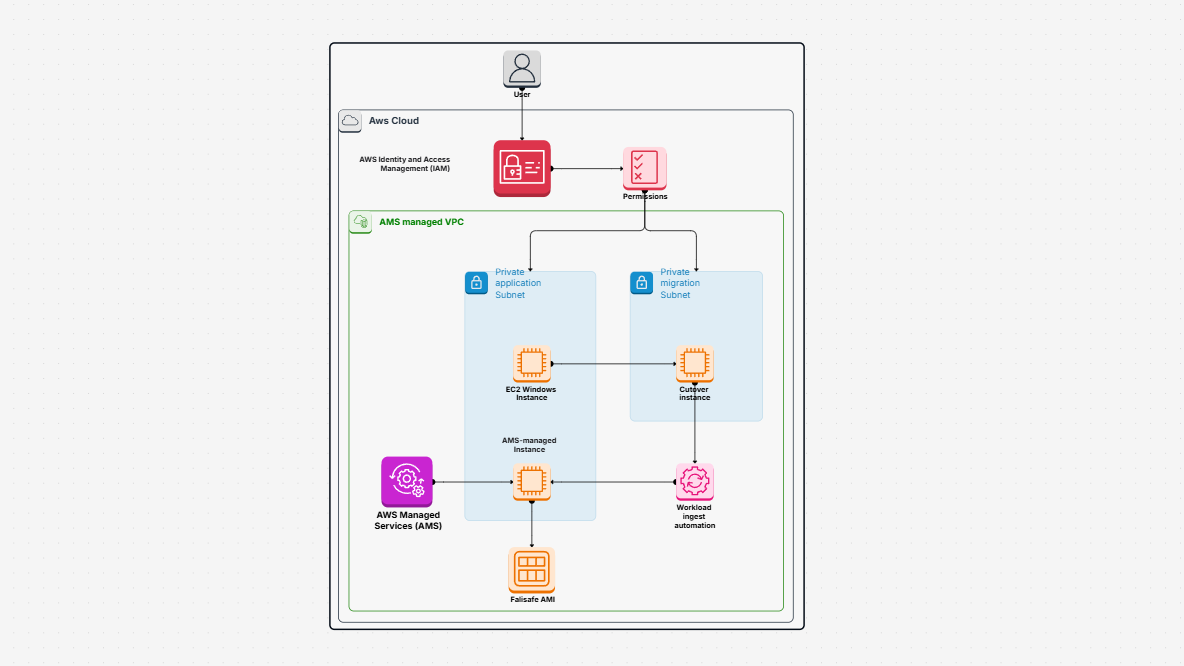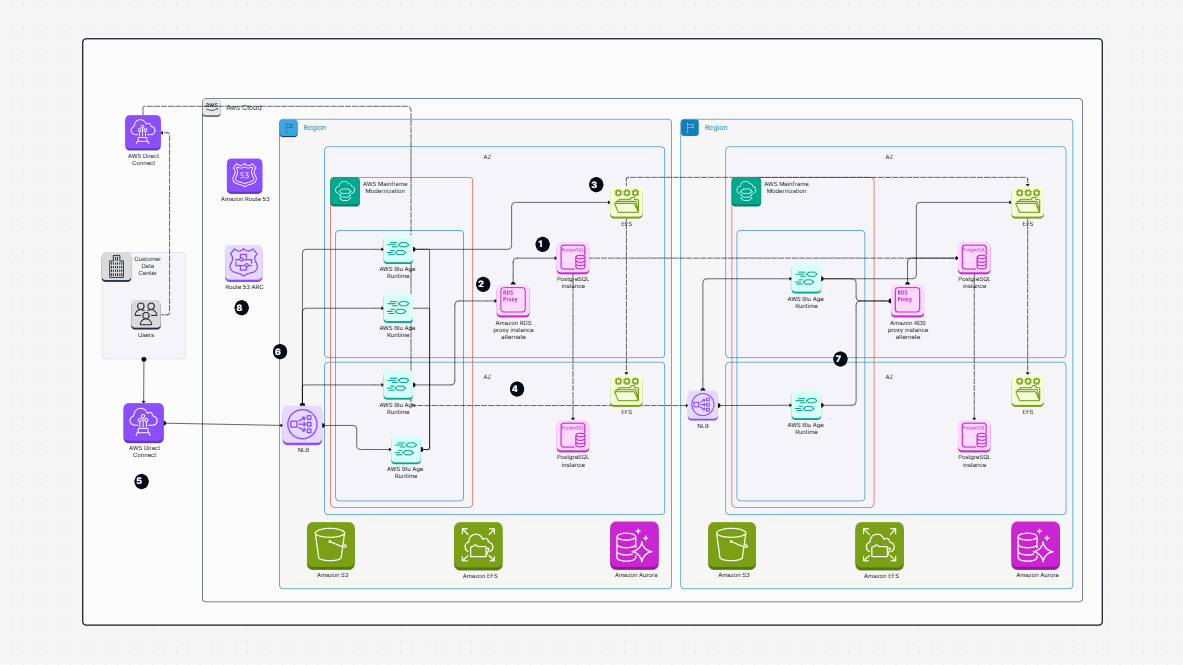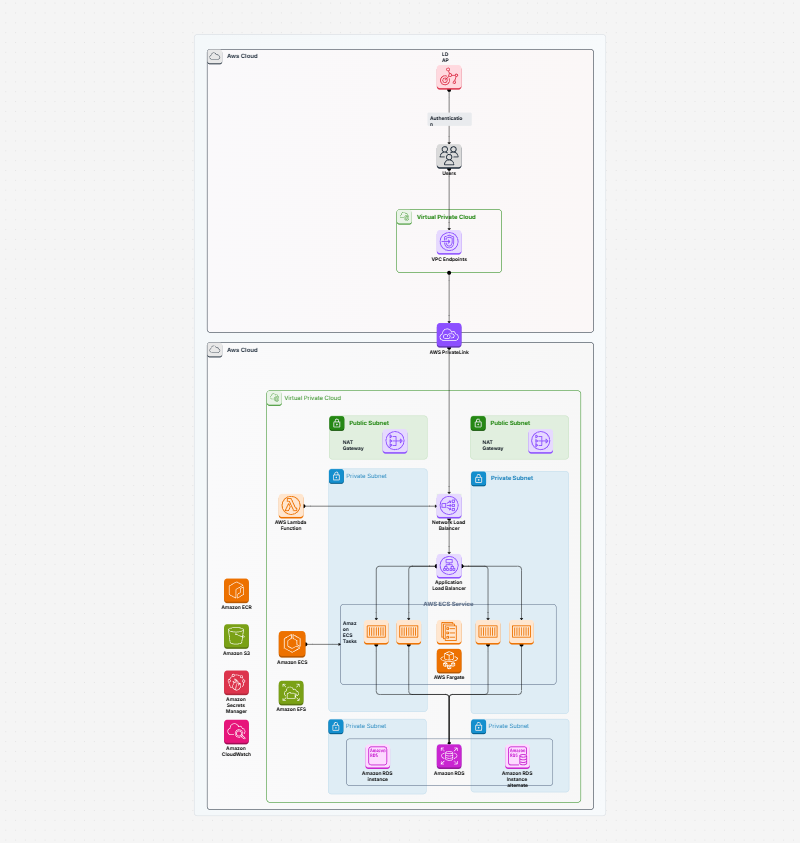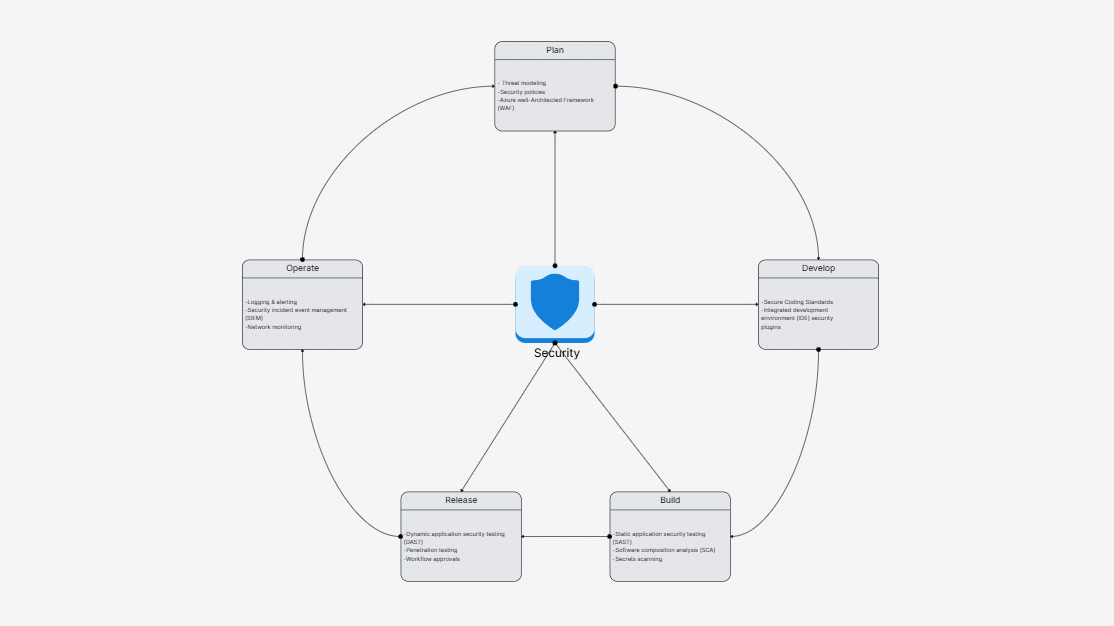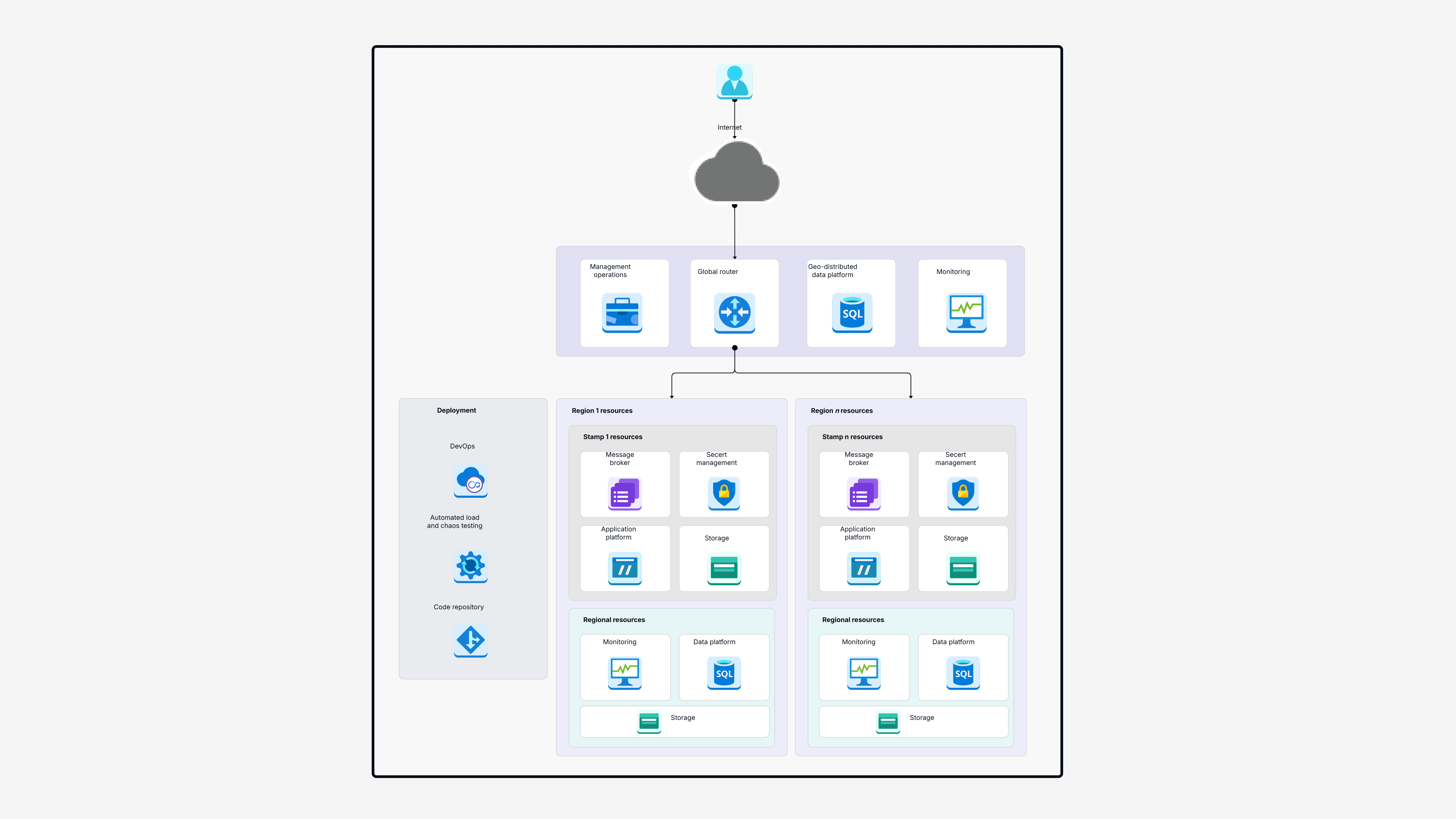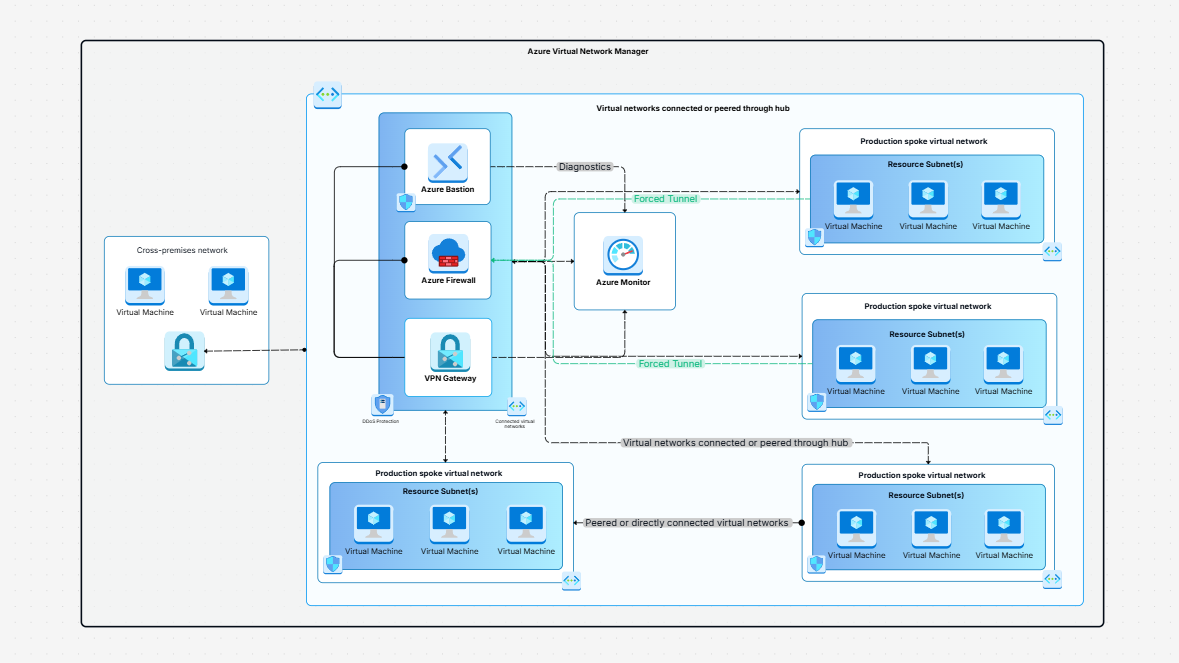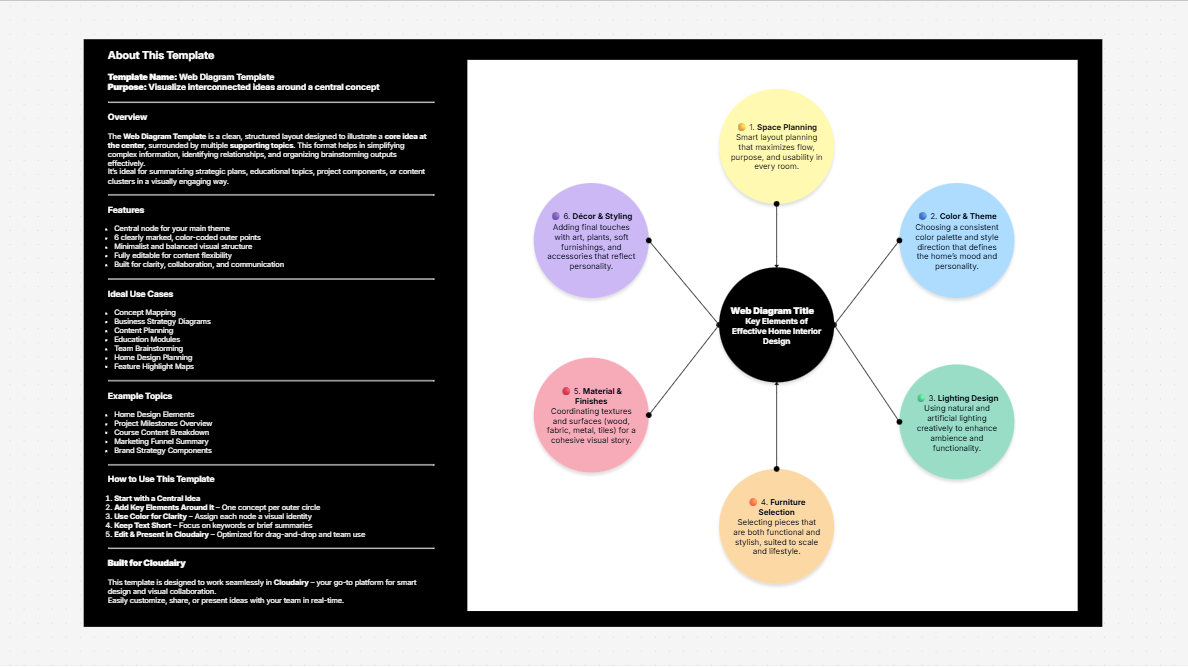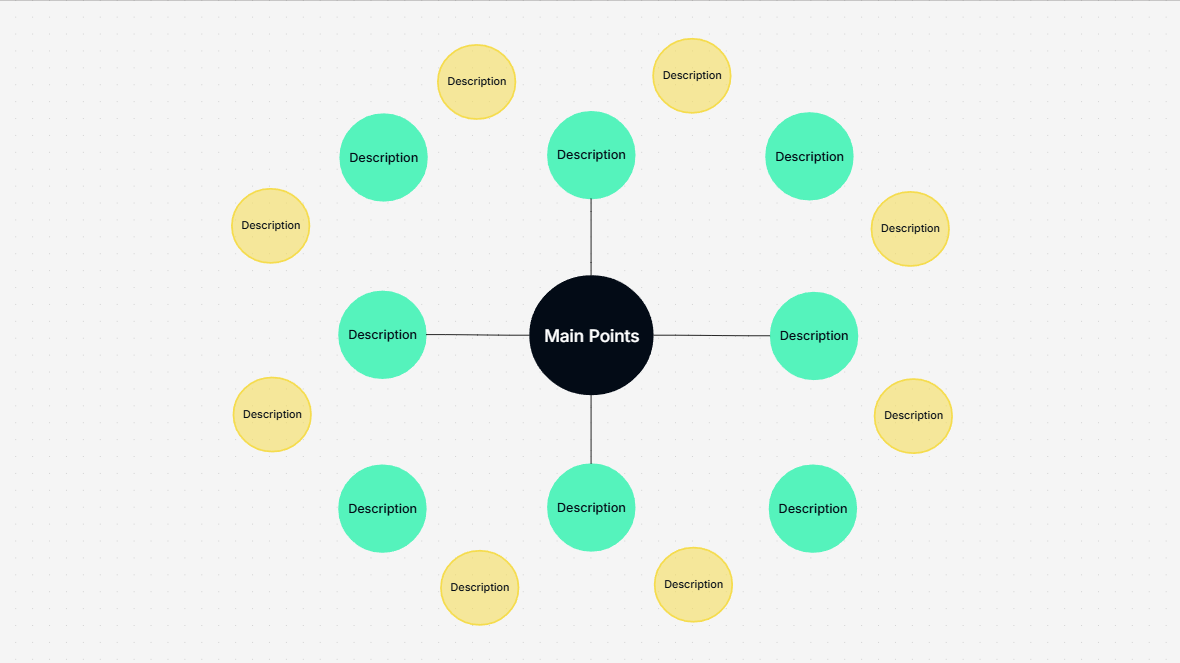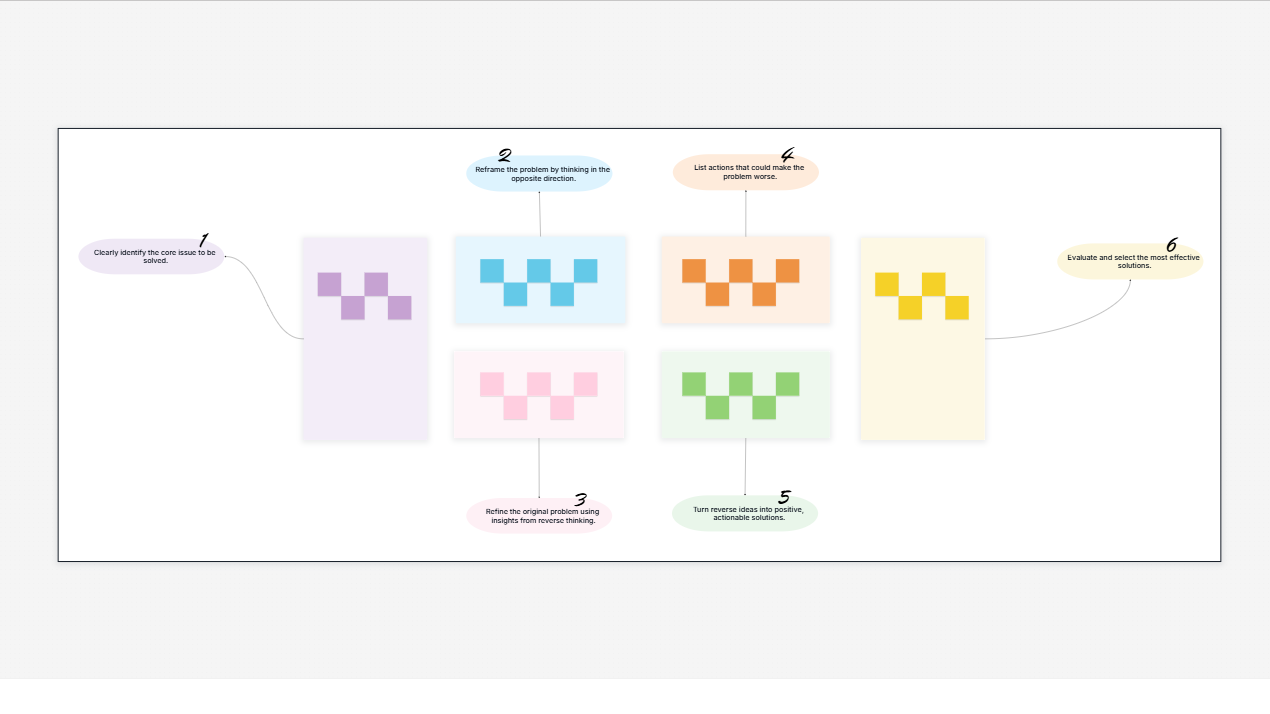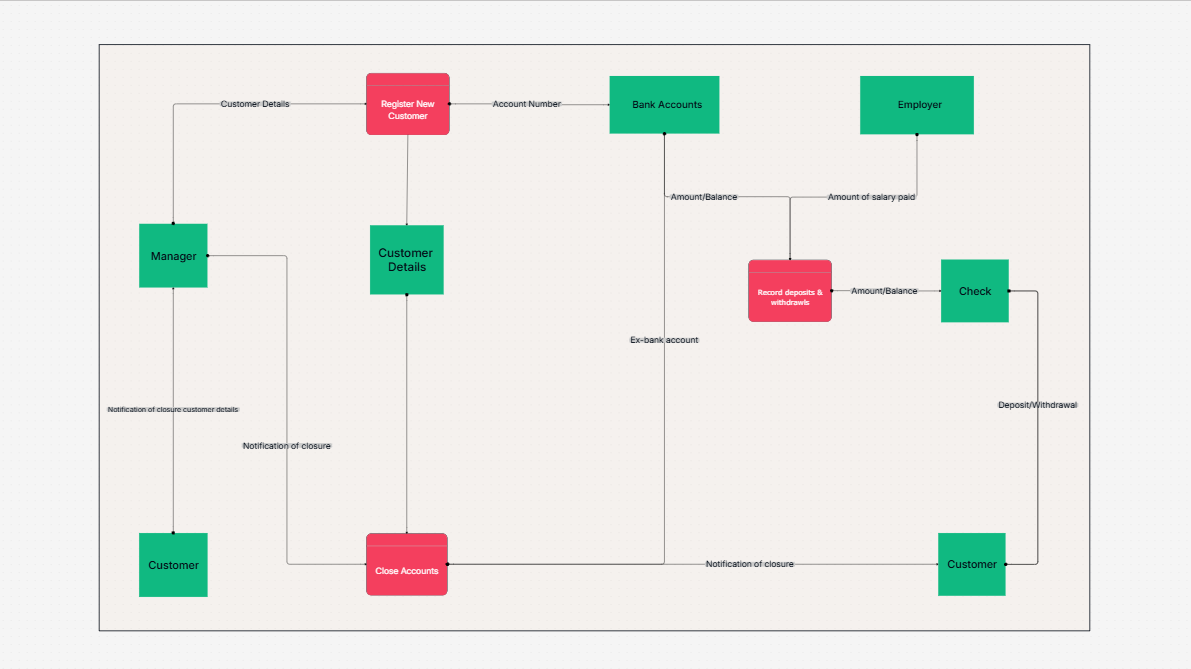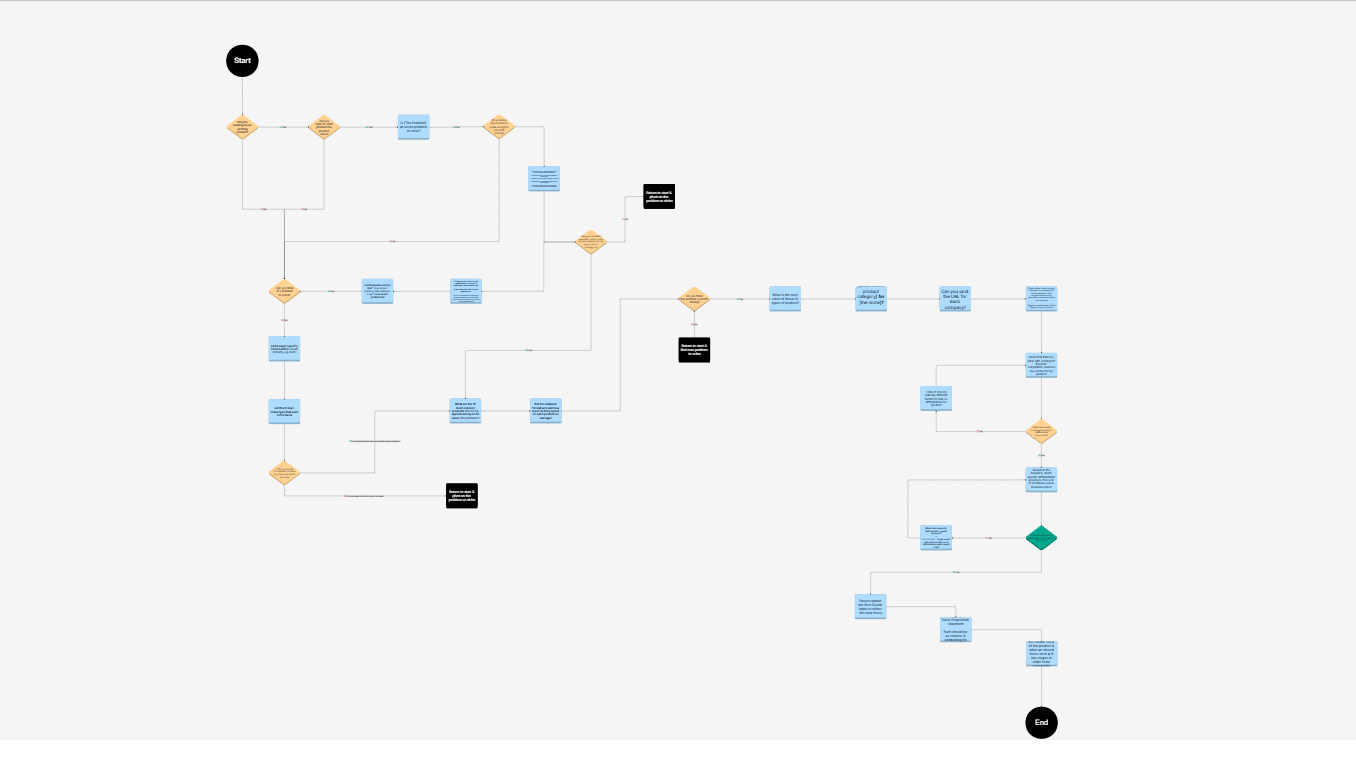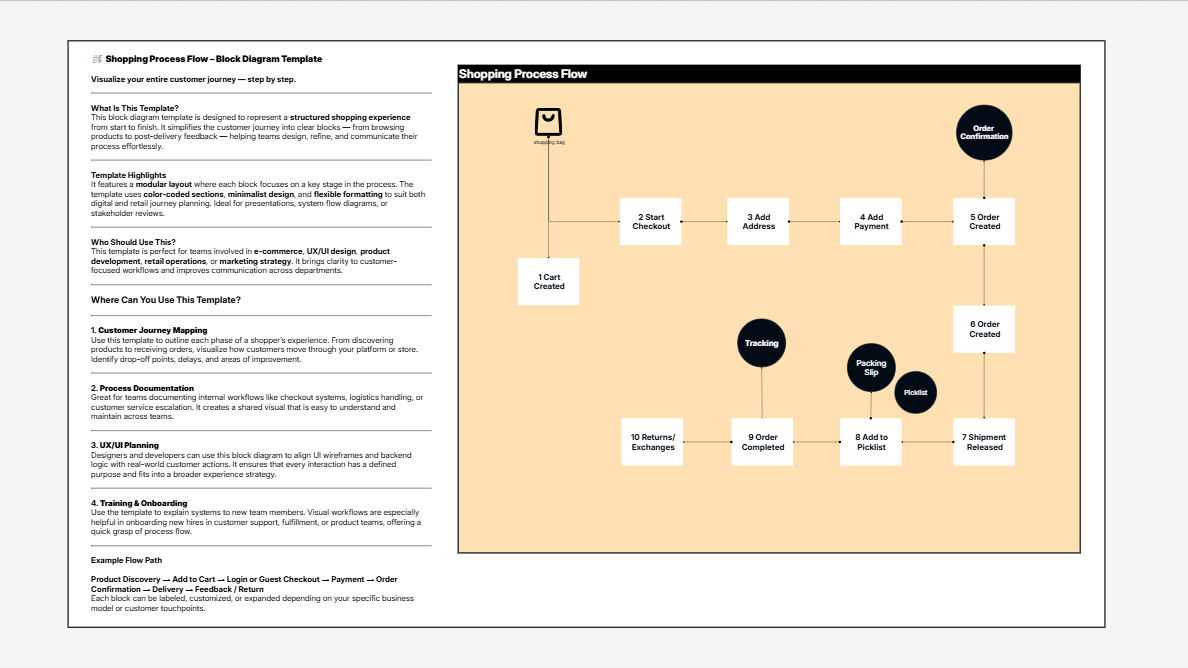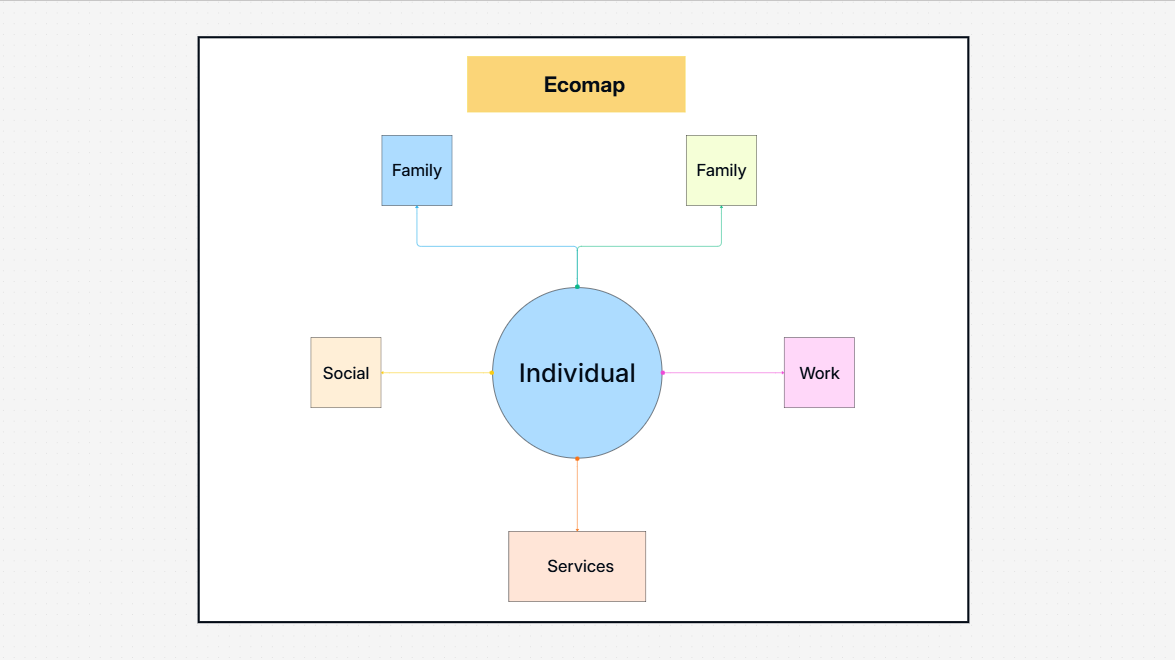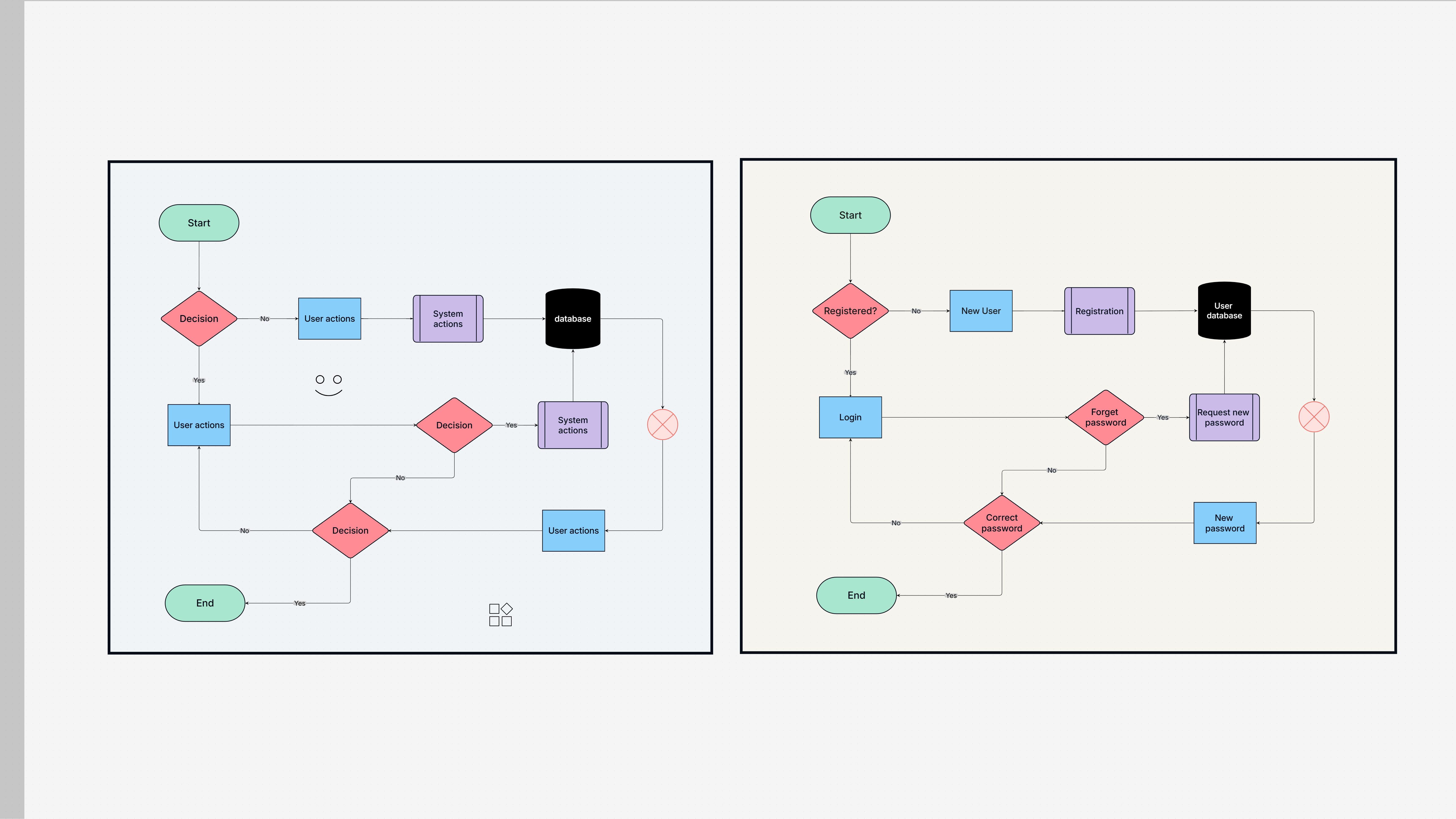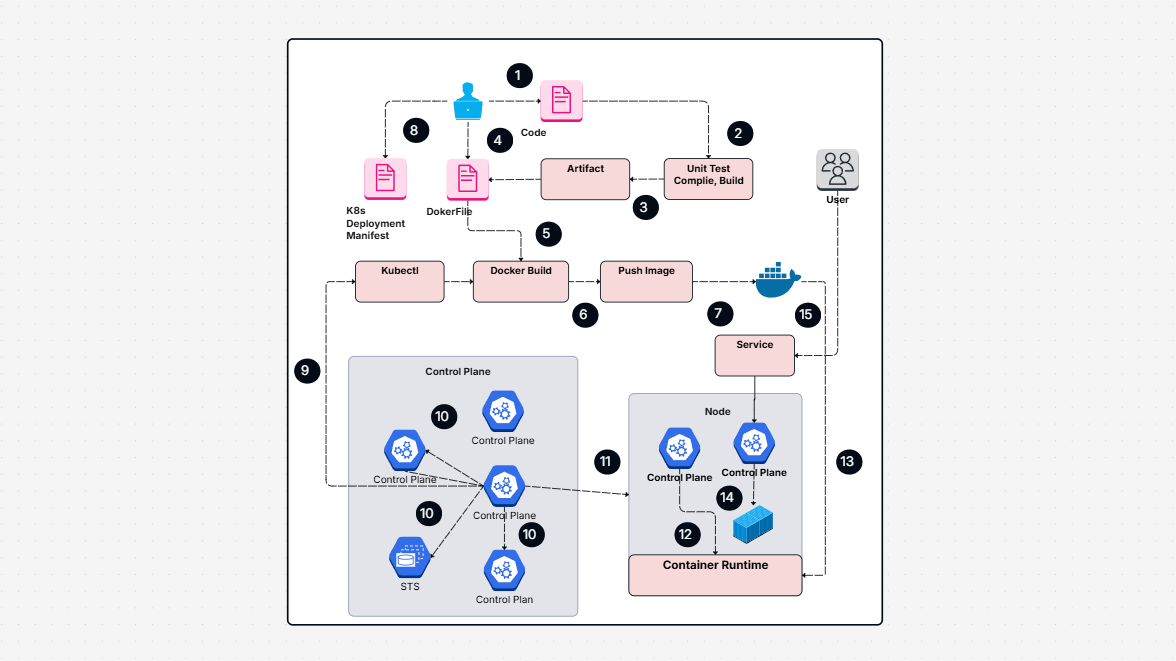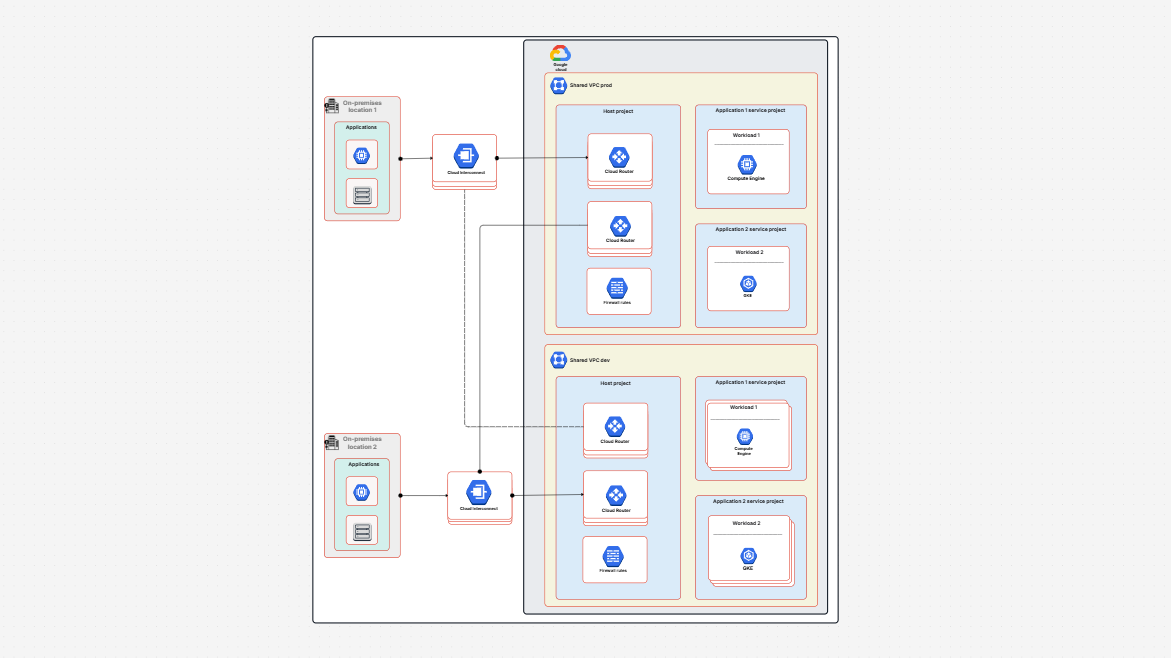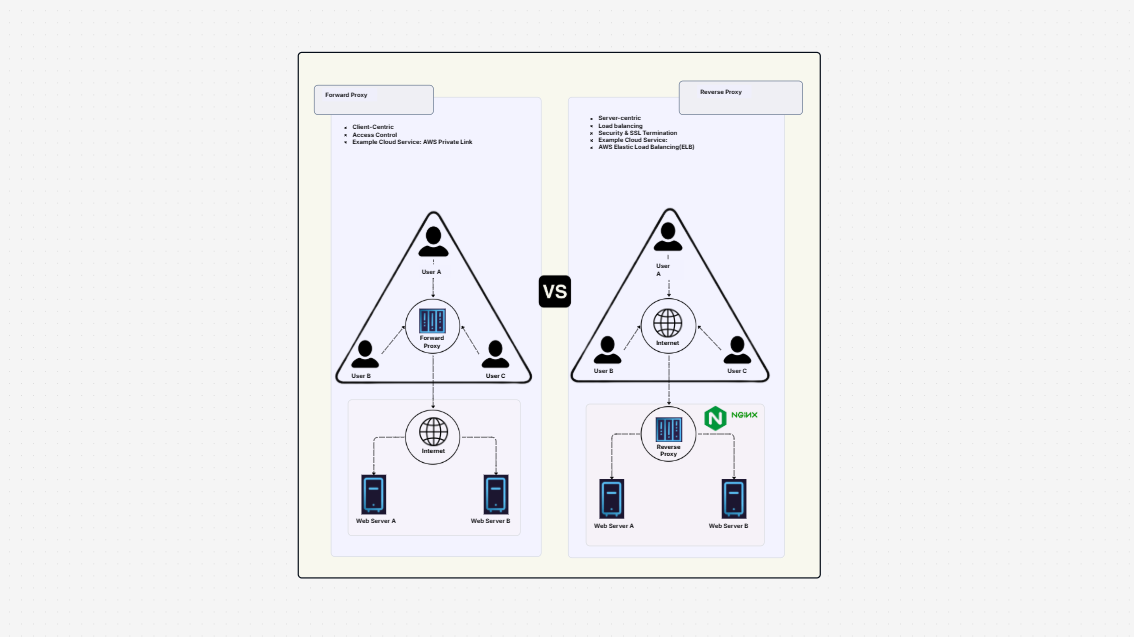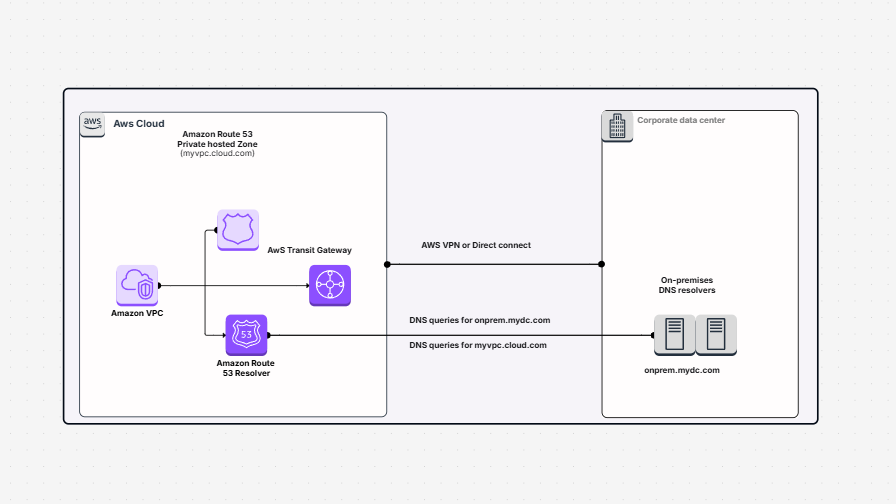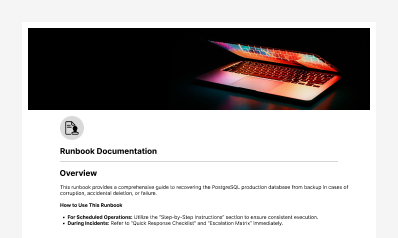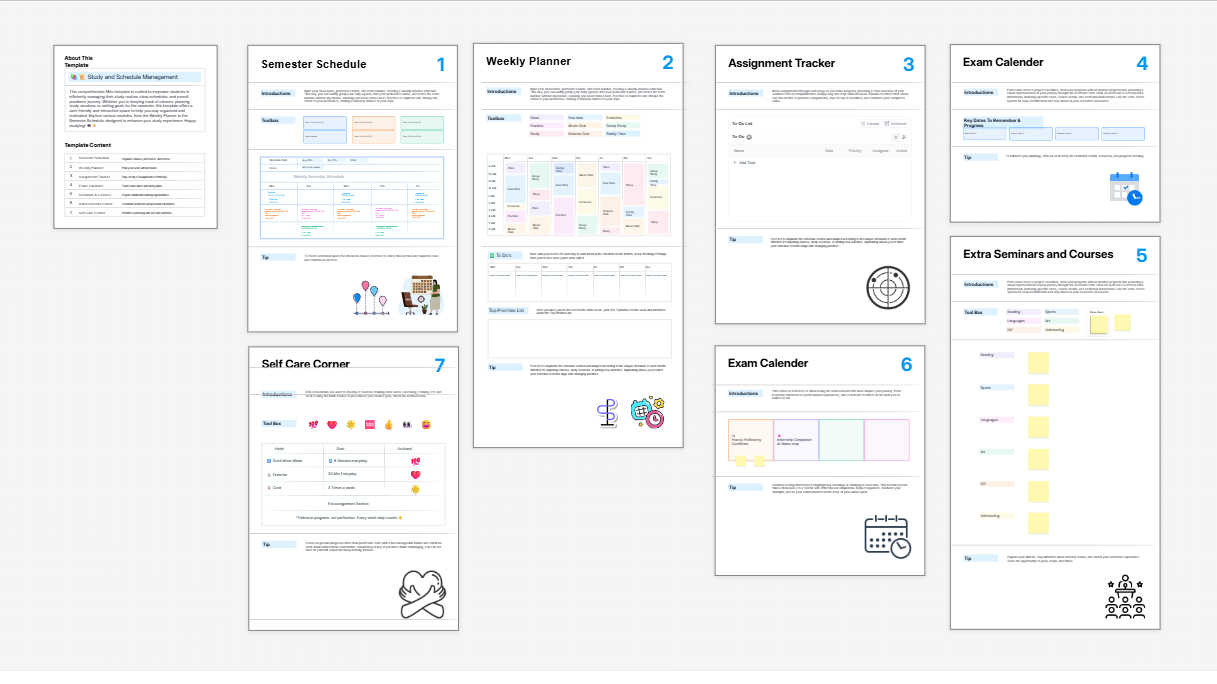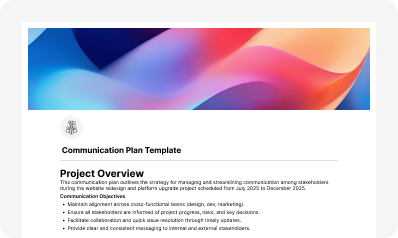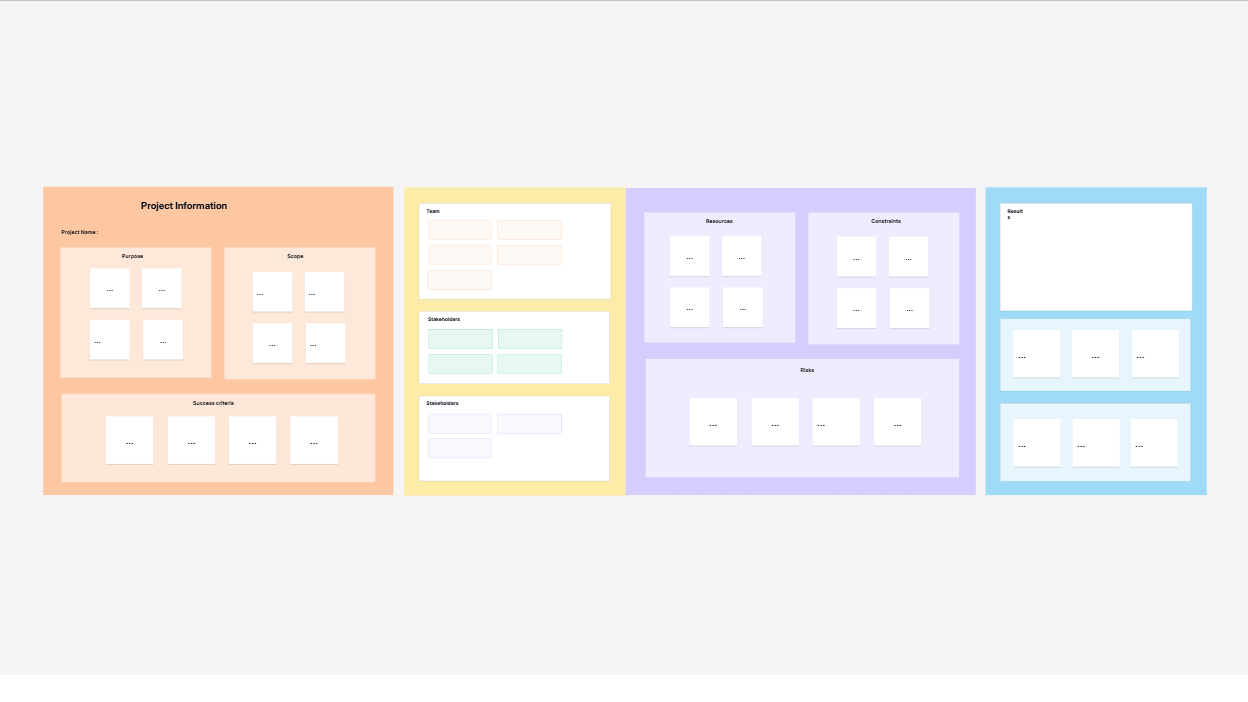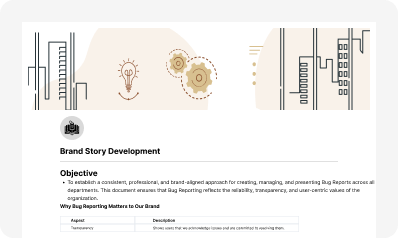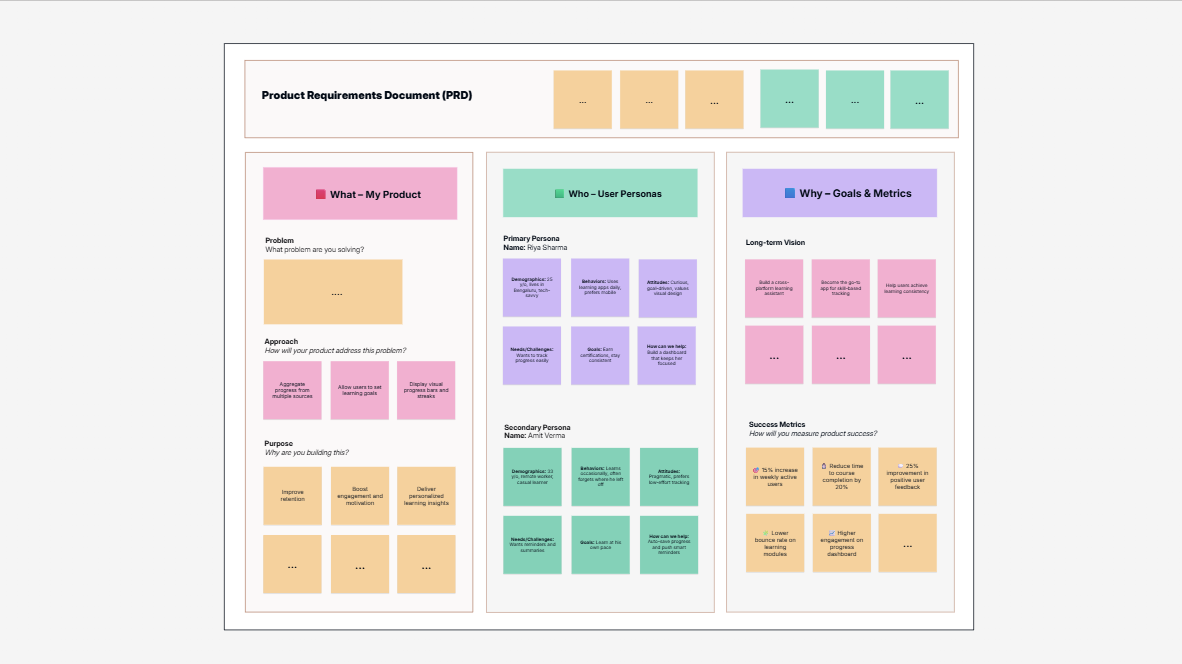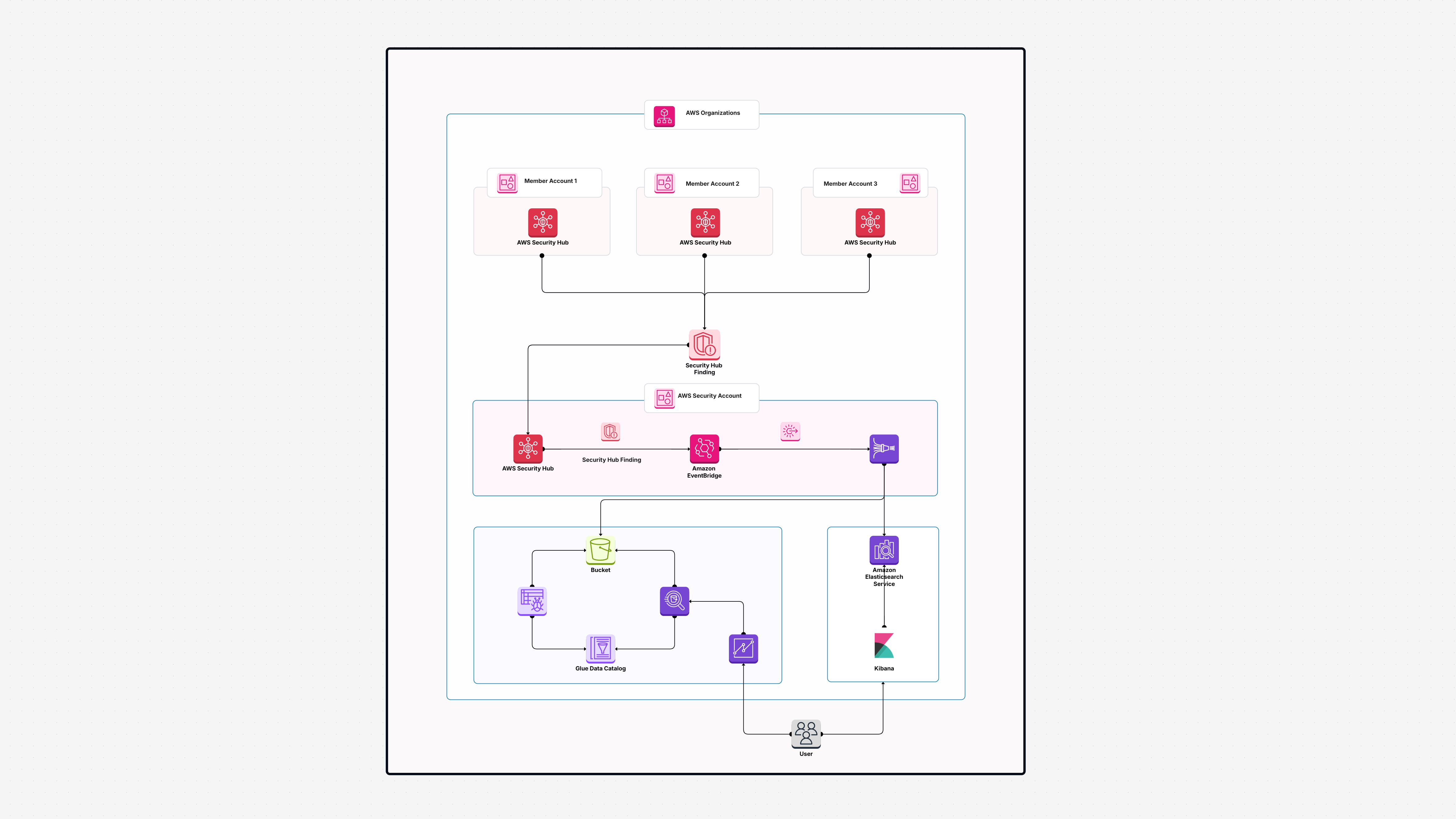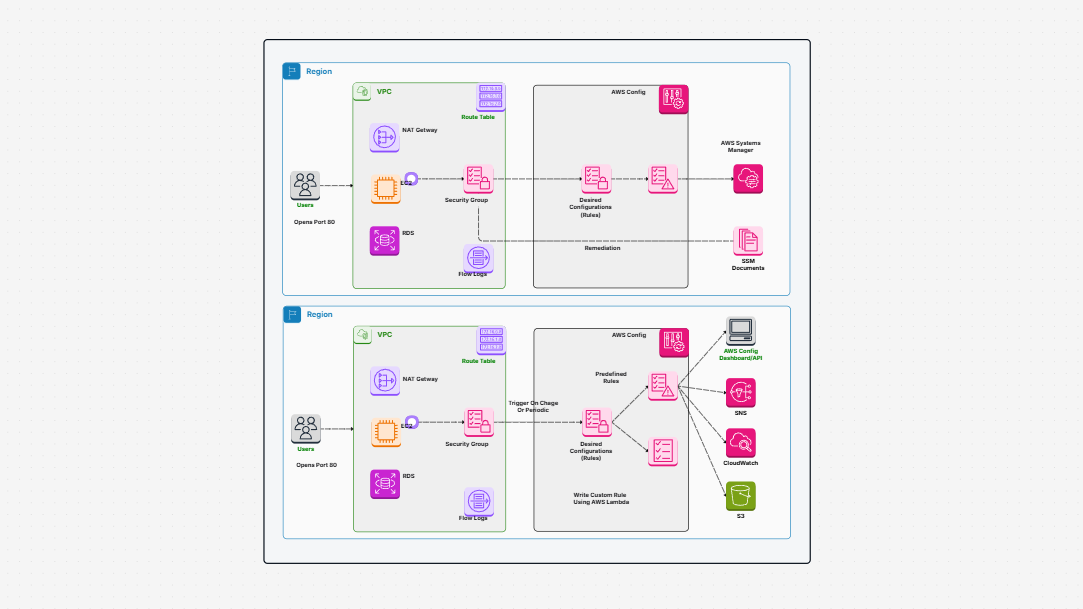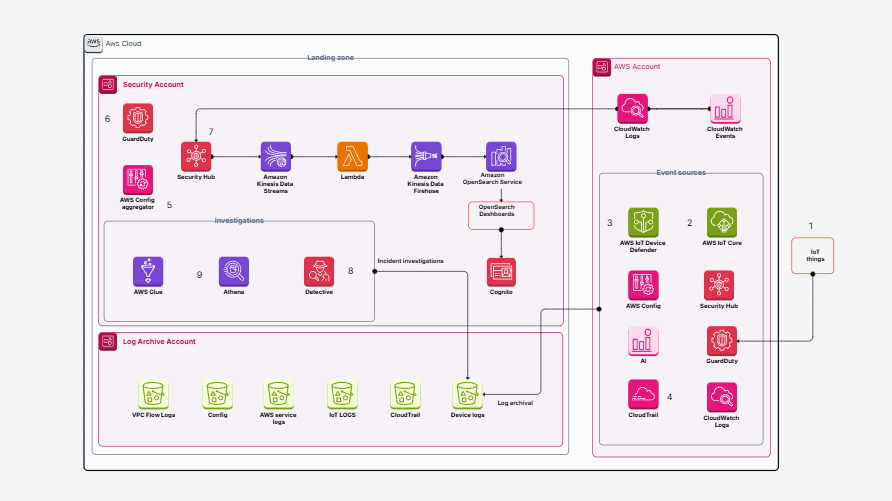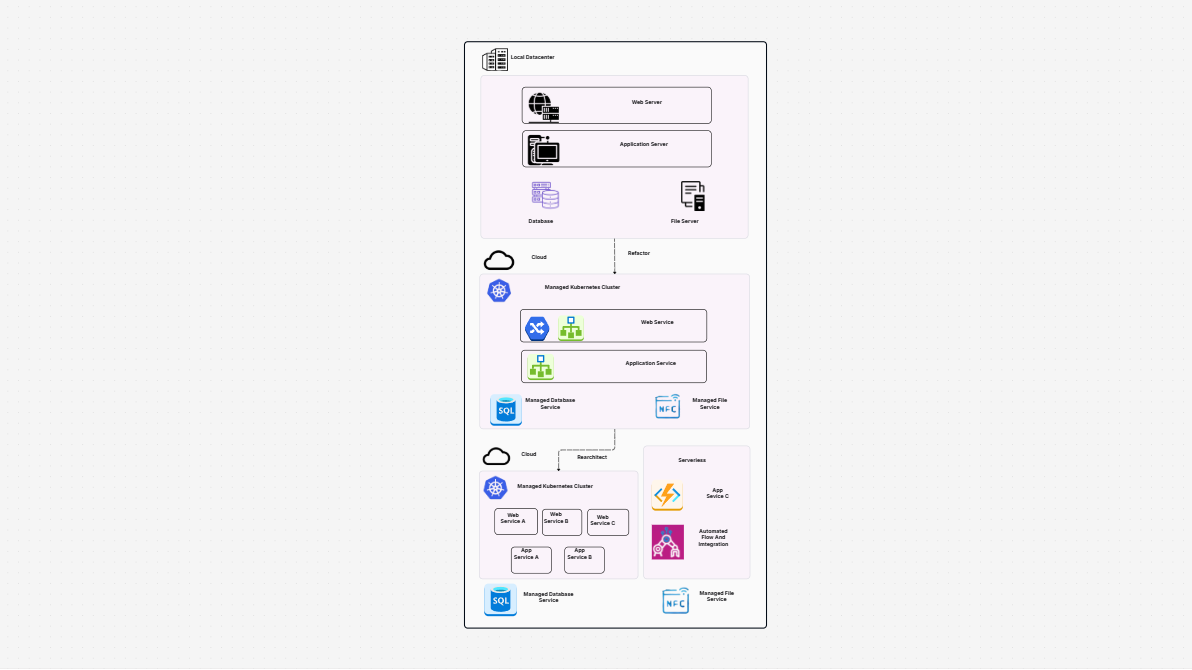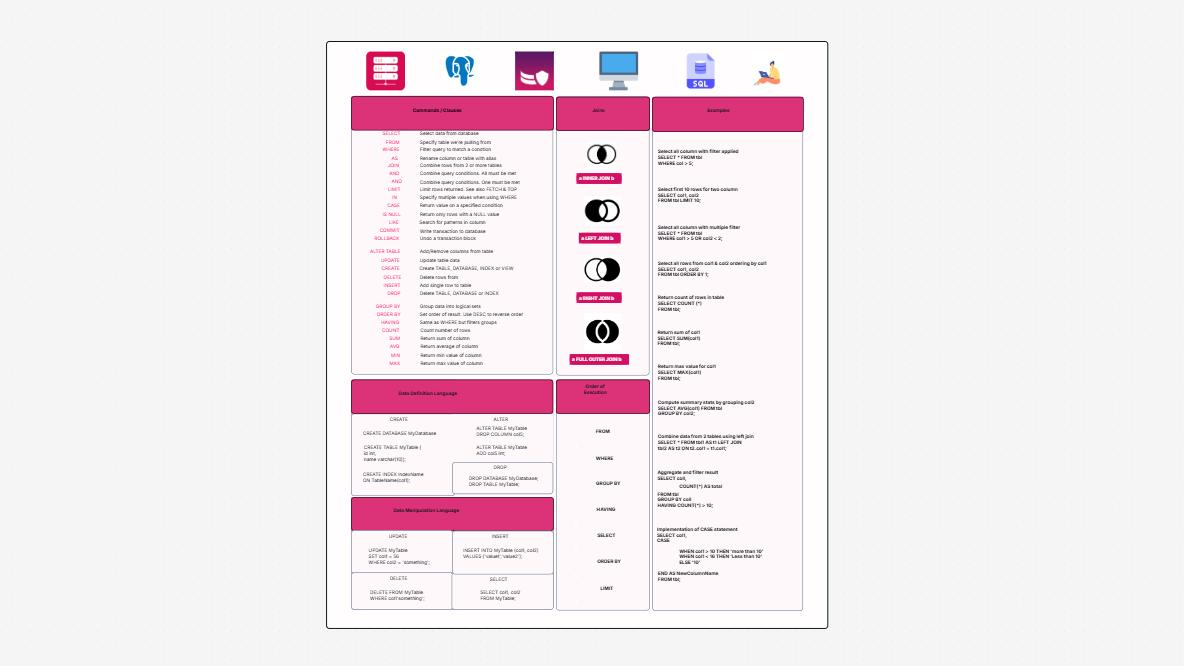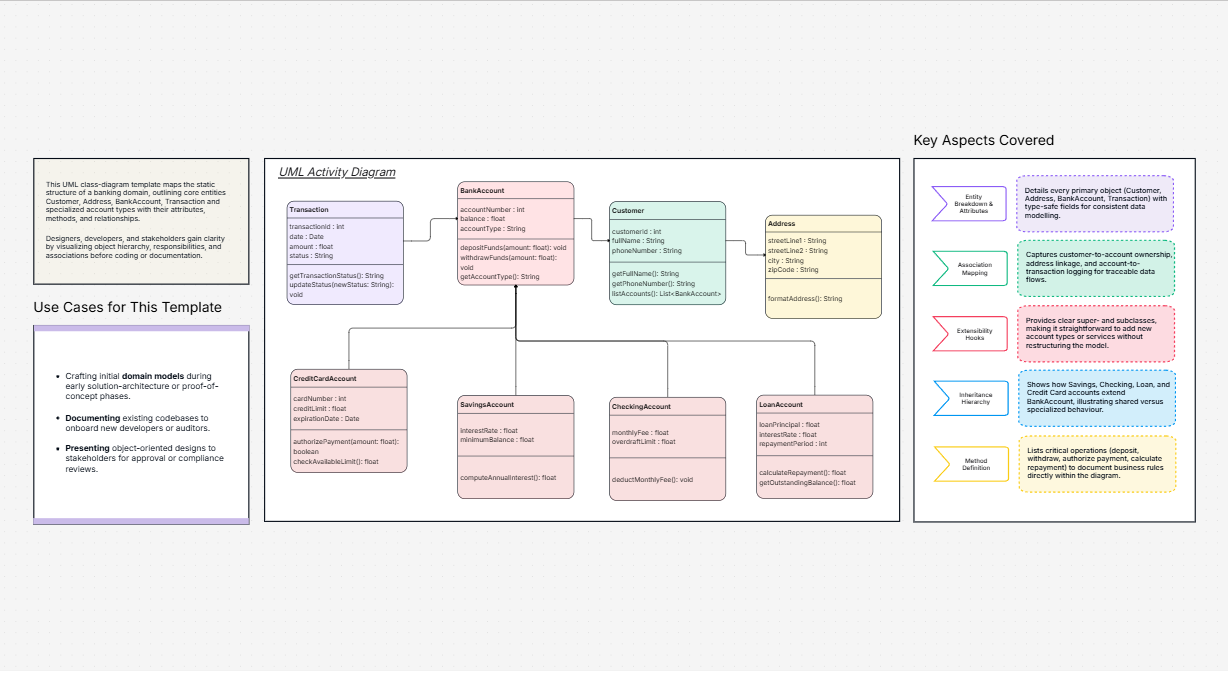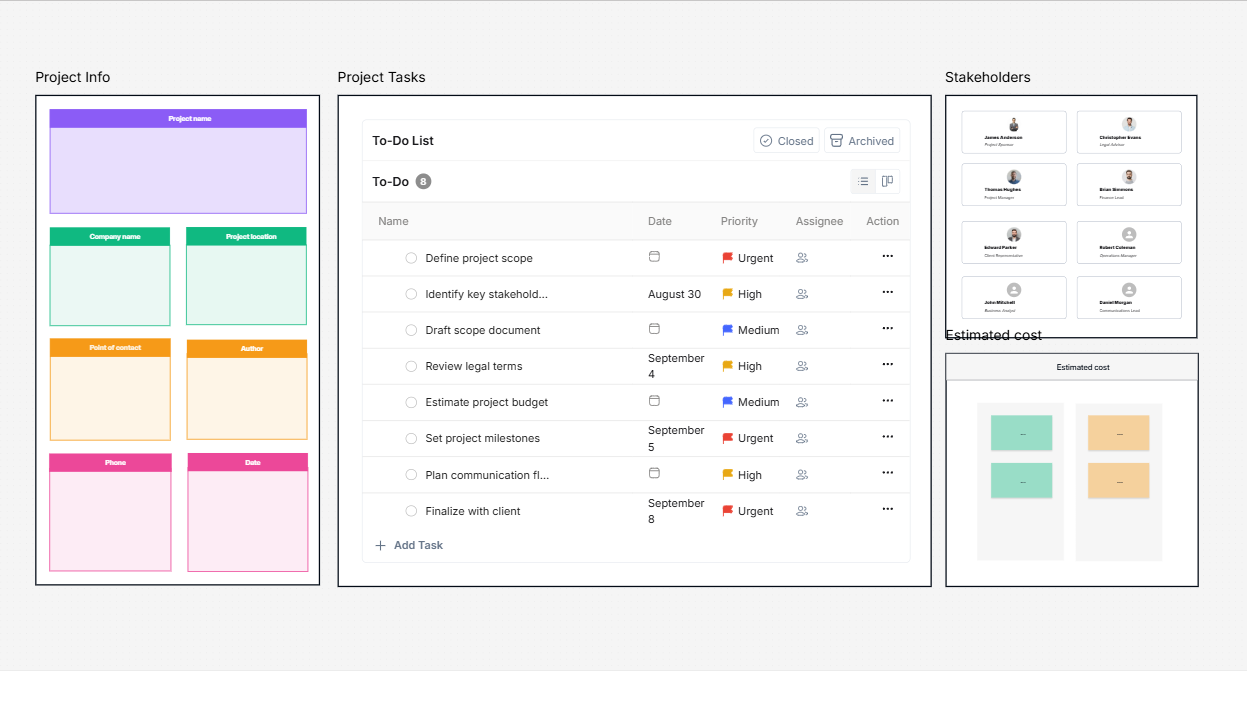WorkHub

What is this template about?
The How DNS works in AWS template describes the process of how DNS resolution occurs step by step. It indicates the progression from the Root DNS servers to the TLD (Top Level Domain) servers, and finally to the SLD (Second Level Domain) servers. It also describes how Amazon Route 53 is a part of this process to manage your hosted zones. In simple words, the template shows how a user's browser request passes through these servers and finally reaches your application, which could be on an EC2 instance or static files in an S3 bucket.
It also covers public and private DNS resolution. A public hosted zone receives traffic from the internet, whereas a private hosted zone receives traffic from your internal network. In addition to that, you find out how DNS caching is done, how TTL (time to live) settings speed up responses, and how load balancing and security (e.g., VPN) are used in an entire DNS setup.
Why is this template a game changer?
DNS setup can be confusing if you're not familiar with it. There are just too many variables involved, and a single misstep can lead to downtime or security problems. How DNS works in AWS template provides you with a readymade visual map that makes it simpler for you to understand and go.
Here's why it is special:
- It readily shows how requests are passed between one DNS server and another.
- It describes how Route 53 handles public and private hosted zones.
- It focuses on major sections like caching, load balancing, and security.
- It is easy because you don't have to begin from scratch.
- It prevents you from making mistakes because you can view the entire flow prior to making any modifications.
Using how DNS works in AWS template, you can design your DNS setup with ease, knowing how each piece fits together.
Who needs this template, and when?
This template is beneficial to many people:
- If you are a developer creating a new domain for your application, this template can help you.
- If you are an administrator of a system, you can use it to set up hosted zones and routing.
- If you are a network engineer, it helps you visualize traffic flow between internal and external systems.
- If you are a student or learner, you can use it to understand how DNS works in the real world.
The best time to use this template is when you are initiating a new project or when you are reviewing and refining an existing DNS setup. It is also useful in the case of troubleshooting because you can easily refer to the format and determine that all the components are functioning as desired.
What are the main components of the template?
This template contains all the major components of DNS in AWS. These are what you will have in it:
- Root DNS Server: The starting point that helps in guiding requests to the appropriate TLD servers.
- TLD DNS Server: These process domain suffixes such as .com, .org, .net.
- SLD DNS Server: These manage the actual domain records such as example.com.
- Amazon Route 53: AWS service that stores DNS records and hosted zones.
- Public Hosted Zone: For domains that must be brought onto the internet.
- Private Hosted Zone: For your internal domains inside your VPC.
- EC2 Instance (Public IP): One of the machines where your application can be hosted.
- VPN: Employed for encrypting DNS queries and traffic between servers.
- Amazon S3 Bucket: Holds static website content like images or HTML documents.
- Amazon CloudFront: Speeds delivery of your content across the world.
- DNS Caching: Stores recent queries for quick response.
- Application Load Balancer: Sends traffic to several servers.
- TTL Configuration: Determines how long a DNS record can remain in the cache.
Each item has a specific role to play, and together they make sure users can access your application quickly and safely.
How to begin with Cloudairy ?
You can simply use this template in Cloudairy. Here is how you can do it:
- Login to your Cloudairy account with your credentials.
- Proceed to the Templates tab on your dashboard.
- Look for "AWS – How DNS Works."
- Open and preview the template by clicking on it.
- Click on "Use Template" to begin editing.
- Modify DNS settings as per your requirements.
You can create new DNS records, set names for servers, or modify caching policies. You can even work with your team to get the design just right before deploying it. Once you are ready, you can export the setup and implement it in your AWS environment.
Summary
- DNS is a component of how the internet works, but it doesn't have to be complicated to comprehend. The How DNS works in AWS overview provides you with a concise, step-by-step explanation of how domain names resolve and how services such as Amazon Route 53 handle them. It includes public and private hosted zones, caching, load balancing, and security considerations, all in simple steps. If you are creating a new domain or optimizing an existing one, how DNS works in AWS template simplifies the process and prevents errors. With this template and Cloudairy, you can see your DNS layout, modify it with certainty, and have your applications available and secure at all times.
Related AWS Architecture Diagram Templates
Find templates tailored to your specific needs. Whether you’re designing diagrams, planning projects, or brainstorming ideas, explore related templates to streamline your workflow and inspire creativity
Design, collaborate, innovate with Cloudairy
Unlock AI-driven design and teamwork. Start your free trial today










Design, collaborate, innovate with Cloudairy
Unlock AI-driven design and teamwork. Start your free trial today











